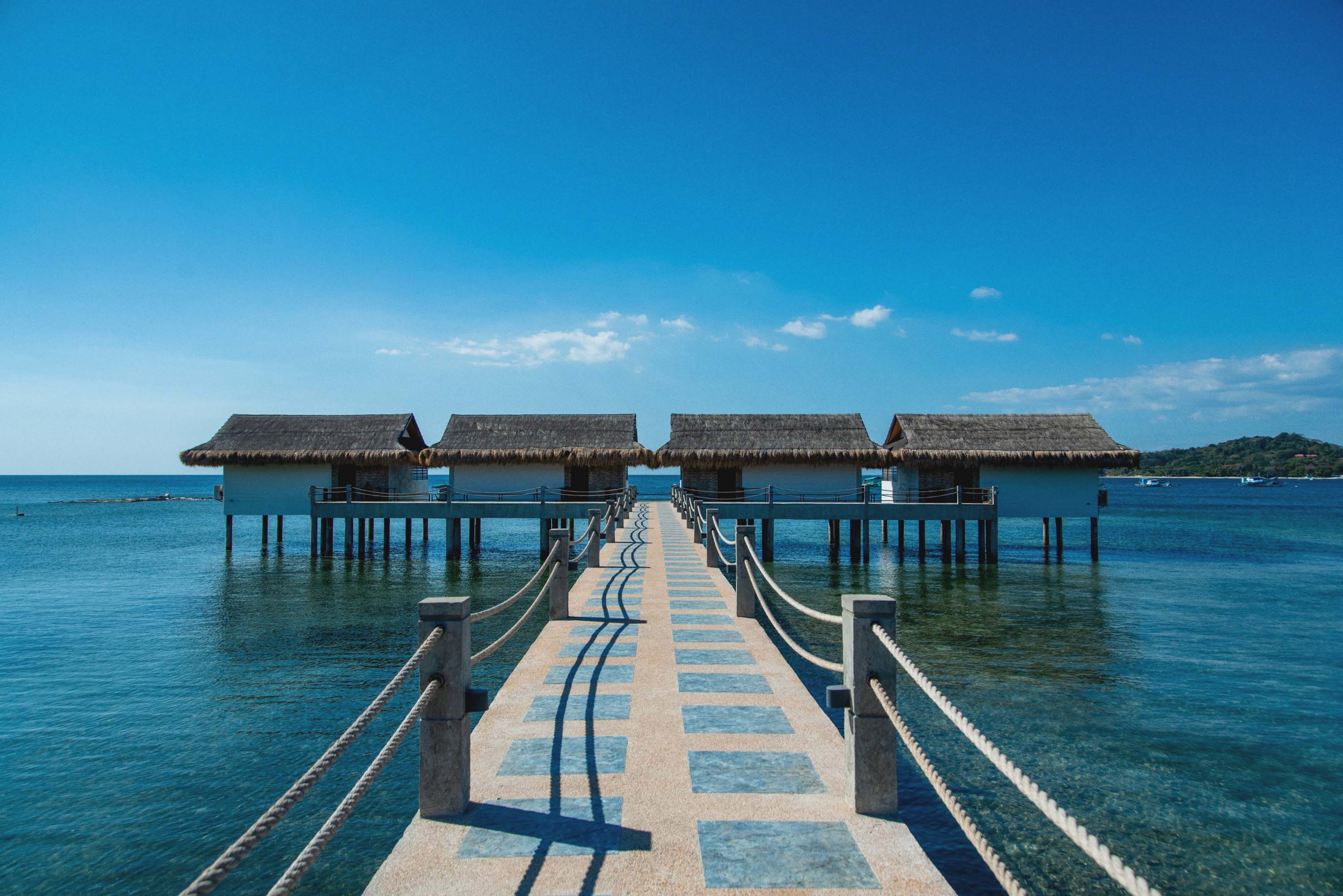
Batangas
Tourist Spots
- Matabungkay Beach
- Taal Volcano and Lake
- Basilica Minor of Immaculate Conception
Batangas City, Batangas
The city was founded in 1581 and was originally known as "Batangan." It became the capital of Batangas Province in 1754. During the Spanish colonial period, Batangas City served as an important center of trade and commerce. It was also a major port for shipping agricultural products such as coffee, cacao, and sugar. Today, Batangas City is still an important hub for commerce, industry, and tourism.
Explore the wonders of Batangas City, a bustling metropolis full of surprises! The city of Batangas has all you need for a wonderful trip, from its breathtaking beaches to its rich history and culture. The stunning beachfront of Batangas City is one of its major attractions. Take a leisurely swim in its clear waters or a stroll along Matabungkay's white sand beaches. You may also experience the varied marine life of Batangas Bay by participating in water sports like snorkelling, scuba diving, and island hopping.
Also rich in culture and history is Batangas City. Learn about the city's intriguing past by visiting historical sites like the Batangas City Museum and the Basilica of the Immaculate Conception. The city's unique culture is also on display during its several vivid festivals, like the Parada ng Lechon and the Sublian Festival.
Batangas City does not fall short when it comes to cuisine. Enjoy the bulalo, lomi, and sinaing na tulingan dishes to experience the flavours of Batangas. You can also try some of the city's famous batangas bibingka and kapeng barako, two sweet treats.
And if you enjoy the outdoors, you'll be happy to learn that Batangas City is home to a number of natural marvels. Enjoy the breathtaking views of the city and its surrounds by hiking up Mount Batulao. Alternately, travel to the well-known Taal Volcano, an island volcano that is renowned for its breathtaking scenery.
Matabungkay Beach has a long history dating back to the Spanish colonial period, when the Tagalog people used it as a fishing hamlet. The term "Matabungkay" is derived from the Tagalog words "bungo" (skull) and "mata" (eye). According to legend, the beach was called after a party of fisherman who discovered a skull with a big eye socket on the sand.
Matabungkay shore became a favourite destination for wealthy families in the early twentieth century, who erected holiday homes and cottages along the shore. The beach became well-known for its traditional "sungkaan" game, a board game played with shells and small stones that is still popular among locals today.
Taal Volcano and Lake have a long history dating back thousands of years, when the volcano was produced by a series of eruptions. The lake itself is thought to have originated some 5,000 years ago, following a huge eruption that left a big crater that was eventually filled with water.
During the Spanish colonial period, Taal Volcano became an important site for the Catholic Church, who built churches and monasteries around the area. The town of Taal, located near the volcano, became a center of Catholicism in the region, and was known for its beautiful churches and religious artifacts.
The church is one of the country's oldest and most beautiful, having a rich history reaching back to the Spanish colonial period. The church was established in 1581, shortly after Spanish invaders arrived in the Philippines. The church was built of bamboo and nipa at first, but was later rebuilt with stone and bricks. It was dedicated to the Immaculate Conception and became an important Catholic centre in the region.
During the 18th century, the church was rebuilt and expanded by the Augustinian friars, who added new features such as a bell tower, a sacristy, and a choir loft. The church was also adorned with beautiful paintings, sculptures, and stained-glass windows, which are still preserved and displayed today.